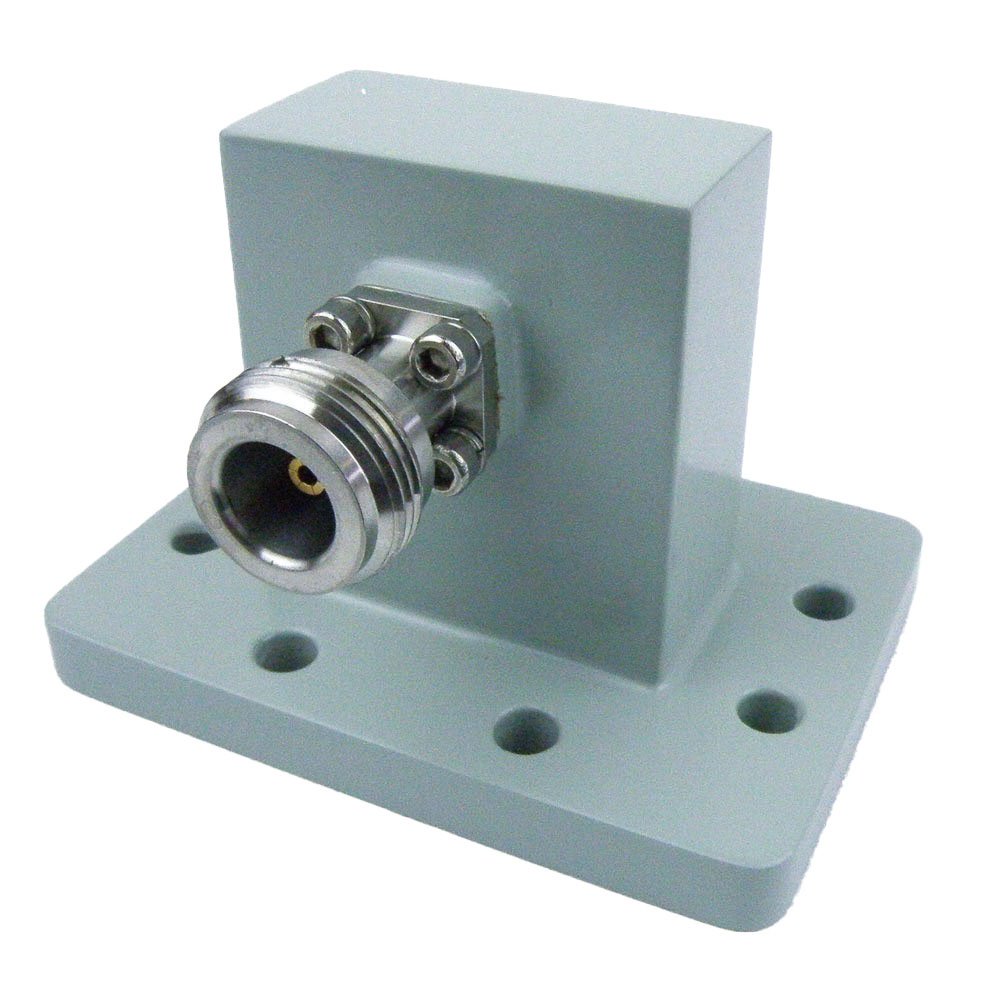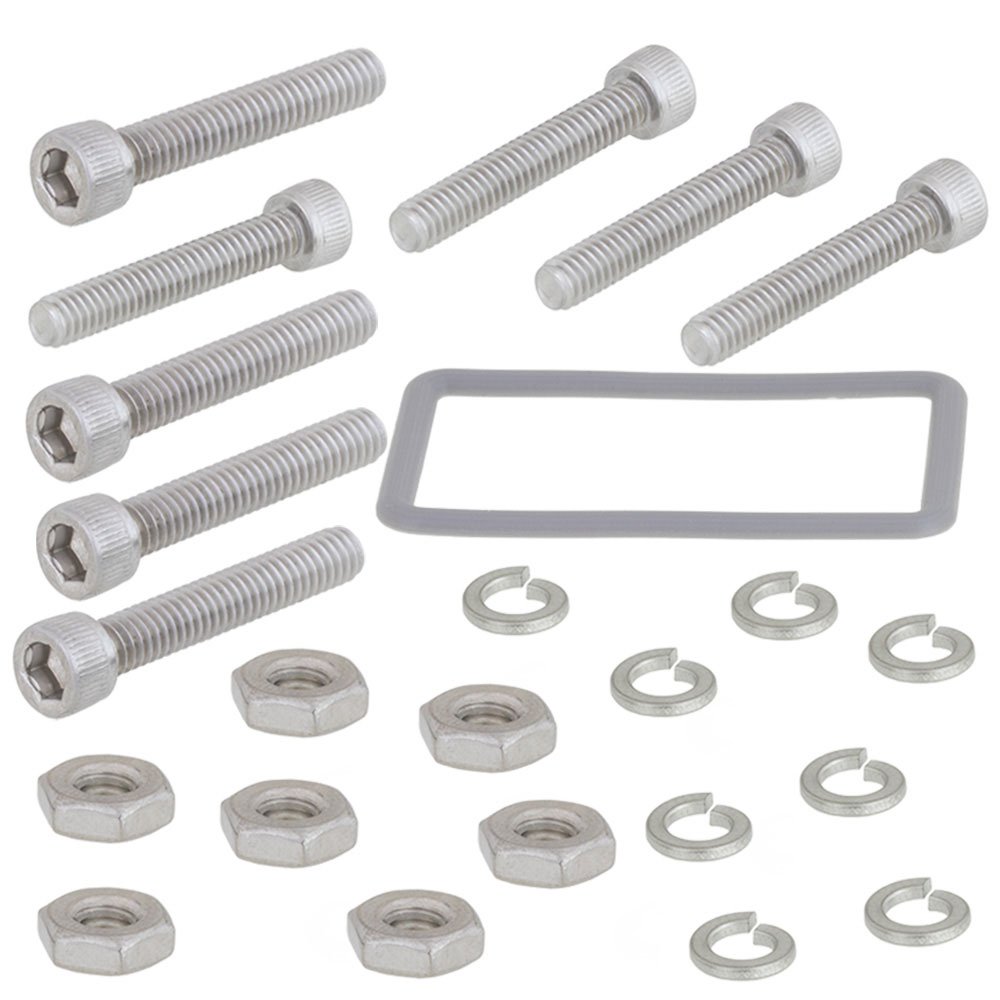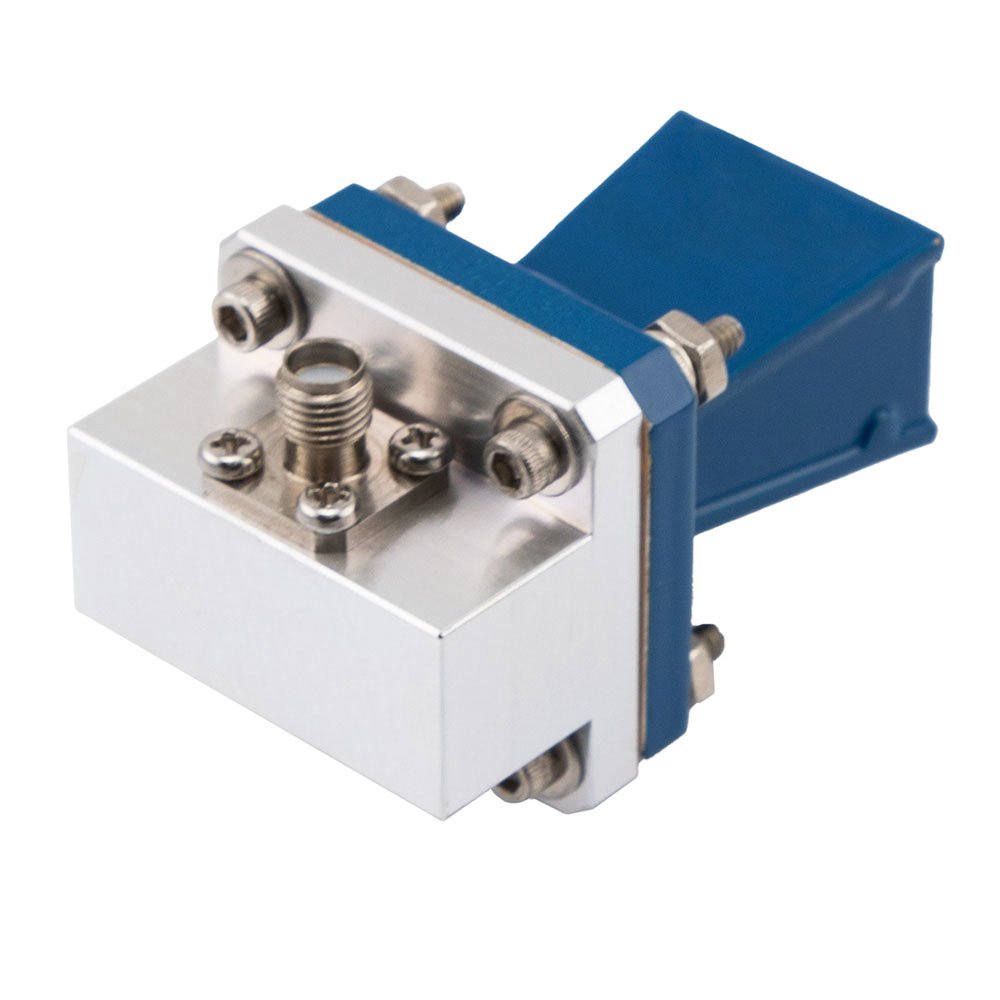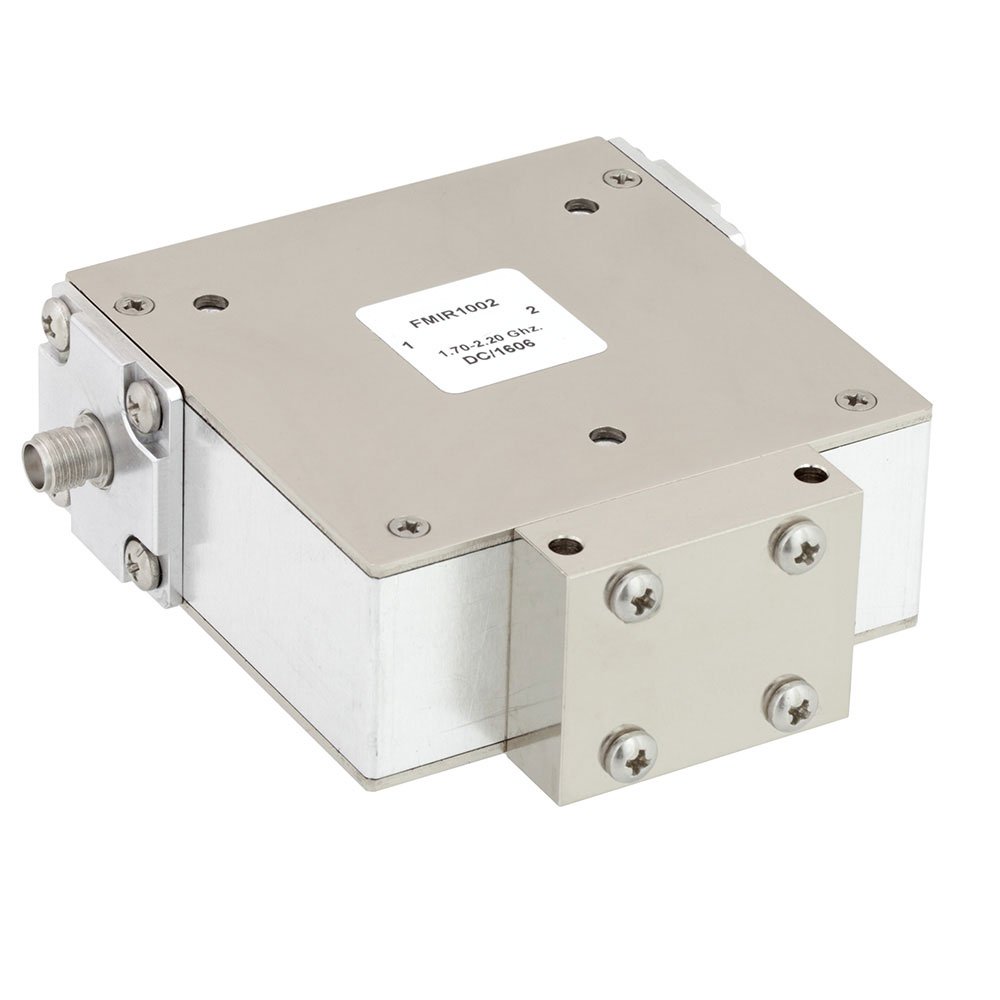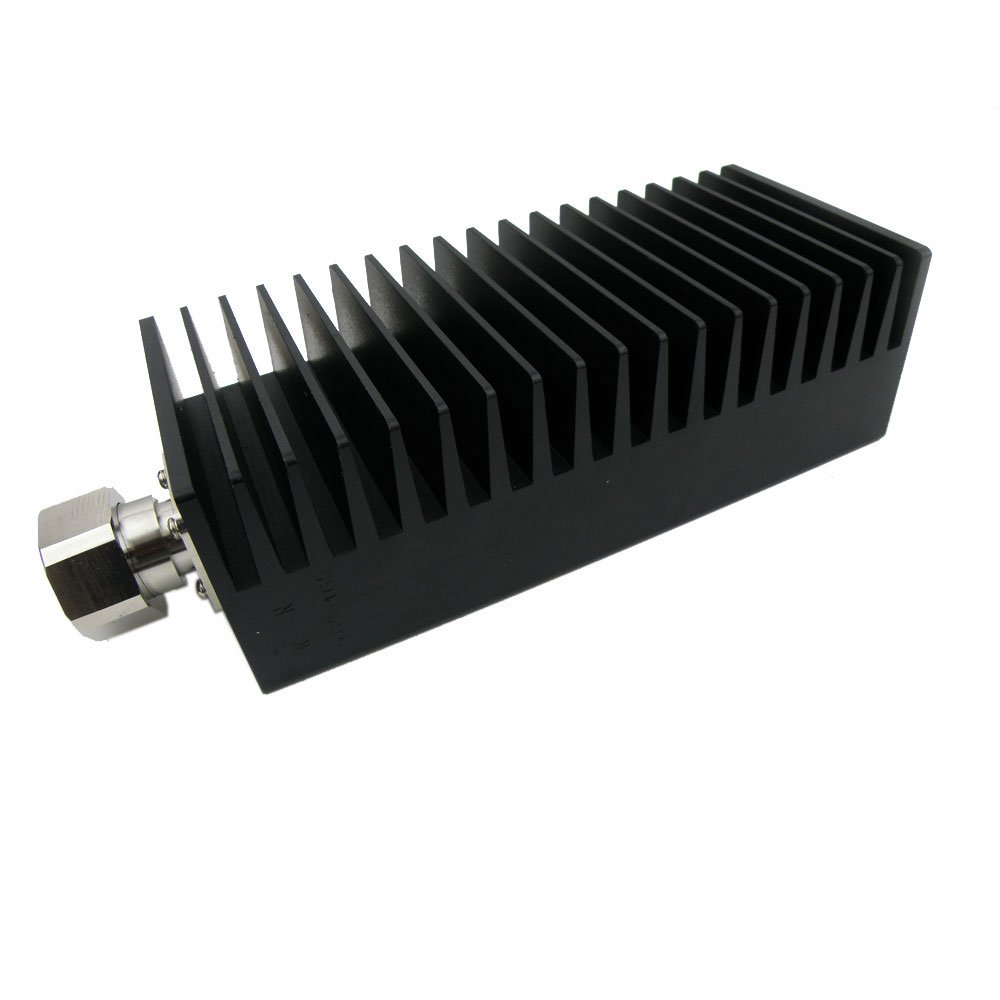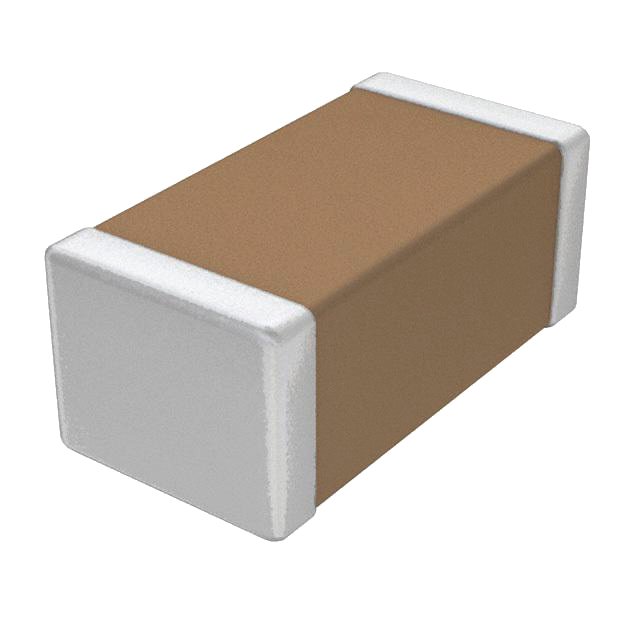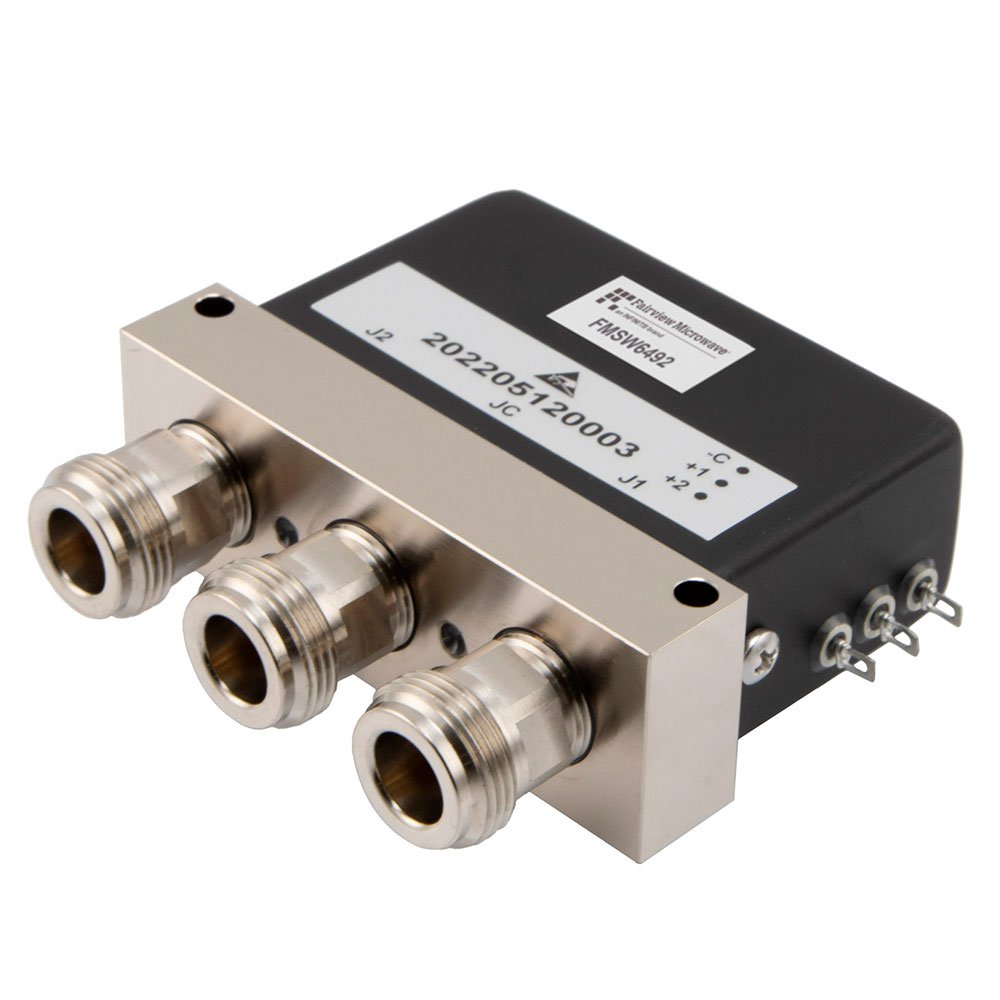What is the Price of Popular Low-Voltage Capacitor Models in Stock?
I. Introduction
Low-voltage capacitors are essential components in a wide range of electronic devices, from consumer electronics to industrial machinery. These capacitors are designed to operate at voltage levels typically below 100 volts, making them suitable for various applications. Understanding the price of popular low-voltage capacitor models is crucial for engineers, hobbyists, and manufacturers alike, as it can significantly impact project budgets and product development timelines. This article aims to provide an overview of popular low-voltage capacitor models, their specifications, applications, and current market prices.
II. Understanding Low-Voltage Capacitors
A. Explanation of Low-Voltage Capacitors
Low-voltage capacitors are electrical components that store and release electrical energy. They are characterized by their voltage ratings, which indicate the maximum voltage they can handle without breaking down. Common voltage ratings for low-voltage capacitors range from a few volts to 100 volts.
1. Voltage Ratings
The voltage rating of a capacitor is a critical specification that determines its suitability for specific applications. Exceeding this rating can lead to capacitor failure, which may cause circuit damage or malfunction.
2. Types of Low-Voltage Capacitors
Low-voltage capacitors come in various types, each with unique characteristics:
Ceramic Capacitors: Known for their small size and stability, ceramic capacitors are widely used in high-frequency applications.
Electrolytic Capacitors: These capacitors offer high capacitance values and are commonly used in power supply circuits.
Film Capacitors: Film capacitors are known for their reliability and low loss, making them suitable for audio and high-frequency applications.
B. Applications of Low-Voltage Capacitors
Low-voltage capacitors find applications in numerous fields:
1. Consumer Electronics
In consumer electronics, low-voltage capacitors are used in devices such as smartphones, televisions, and computers. They help stabilize power supply, filter signals, and store energy.
2. Industrial Applications
In industrial settings, these capacitors are used in motor drives, power supplies, and control systems, where they play a vital role in energy management and signal processing.
3. Automotive Uses
In the automotive industry, low-voltage capacitors are used in electronic control units (ECUs), infotainment systems, and safety features, contributing to the overall functionality and efficiency of modern vehicles.
III. Factors Influencing Capacitor Prices
Several factors influence the pricing of low-voltage capacitors:
A. Material Composition
The materials used in the construction of capacitors significantly affect their cost. For instance, capacitors made with high-quality dielectric materials tend to be more expensive due to their superior performance characteristics.
B. Manufacturer Reputation
Reputable manufacturers often charge a premium for their products due to their established quality and reliability. Brands like Panasonic, Nichicon, and KEMET are known for their high standards, which can influence pricing.
C. Market Demand and Supply
The balance between demand and supply in the market can lead to price fluctuations. During periods of high demand, prices may rise, while oversupply can lead to lower prices.
D. Technological Advancements
Innovations in capacitor technology can lead to the introduction of new models with enhanced features, which may come at a higher price point.
E. Bulk Purchasing vs. Retail Pricing
Purchasing capacitors in bulk can lead to significant cost savings compared to buying individual units. Retail prices are generally higher due to added overhead costs.
IV. Popular Low-Voltage Capacitor Models
A. Overview of Leading Manufacturers
Several manufacturers dominate the low-voltage capacitor market:
1. Panasonic
Panasonic is known for its high-quality capacitors, particularly in the electrolytic and film categories.
2. Nichicon
Nichicon specializes in electrolytic capacitors and is recognized for its reliability and performance.
3. KEMET
KEMET offers a wide range of capacitors, including ceramic and film types, known for their innovative designs.
4. Murata
Murata is a leader in ceramic capacitors, providing solutions for various electronic applications.
B. Detailed Examination of Popular Models
1. Ceramic Capacitors
Model: Murata GRM31CR71H106KA01
Specifications: 10uF, 50V
Typical Applications: Decoupling, filtering
Price Range: $0.10 - $0.30
2. Electrolytic Capacitors
Model: Nichicon UHE1E101MDD
Specifications: 100uF, 25V
Typical Applications: Power supply circuits
Price Range: $0.50 - $1.00
3. Film Capacitors
Model: KEMET C4AEH1K
Specifications: 1uF, 100V
Typical Applications: Audio applications, signal coupling
Price Range: $0.75 - $1.50
V. Price Comparison of Selected Models
A. Table of Popular Low-Voltage Capacitor Models and Their Prices
| Model Name | Manufacturer | Voltage Rating | Capacitance Value | Price Range |
|-------------------------------|--------------|----------------|-------------------|----------------|
| Murata GRM31CR71H106KA01 | Murata | 50V | 10uF | $0.10 - $0.30 |
| Nichicon UHE1E101MDD | Nichicon | 25V | 100uF | $0.50 - $1.00 |
| KEMET C4AEH1K | KEMET | 100V | 1uF | $0.75 - $1.50 |
B. Analysis of Price Trends Over Time
Over the past few years, the prices of low-voltage capacitors have experienced fluctuations due to changes in raw material costs, supply chain disruptions, and increased demand for electronic devices. Generally, prices have trended upward, particularly for high-quality capacitors, as manufacturers invest in advanced technologies and materials.
VI. Where to Buy Low-Voltage Capacitors
A. Online Retailers
1. **Amazon**: A convenient platform for purchasing a variety of electronic components, including low-voltage capacitors.
2. **Digi-Key**: A leading distributor of electronic components, offering a vast selection of capacitors with detailed specifications.
3. **Mouser Electronics**: Another reputable distributor known for its extensive inventory and competitive pricing.
B. Local Electronic Component Stores
Local electronic component stores can be a great resource for immediate needs, allowing customers to inspect products before purchase.
C. Wholesale Distributors
For bulk purchases, wholesale distributors often provide significant discounts, making them an attractive option for manufacturers and large projects.
VII. Conclusion
In summary, low-voltage capacitors are vital components in modern electronics, with a wide range of applications across various industries. Understanding the factors that influence their prices, as well as the specifications of popular models, can help consumers make informed purchasing decisions. As technology continues to advance, the market for low-voltage capacitors is expected to evolve, potentially leading to new pricing trends and innovations.
VIII. References
- Manufacturer websites and product catalogs
- Industry reports and market analysis
- Online electronics retailers
By staying informed about the latest developments in low-voltage capacitors, engineers and hobbyists can ensure they select the right components for their projects, ultimately leading to better performance and reliability in their electronic designs.



























